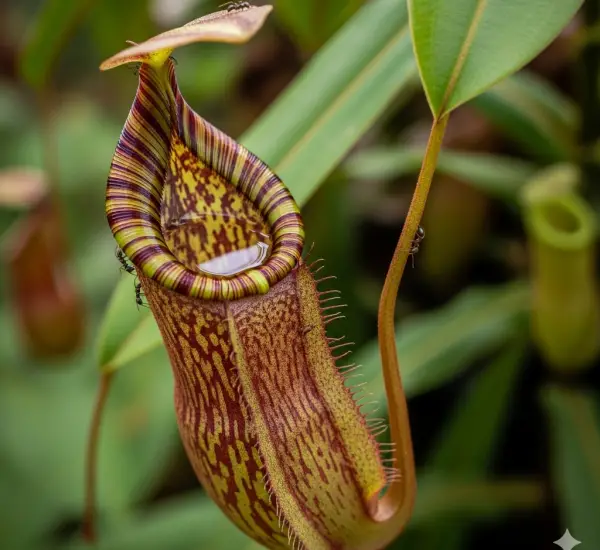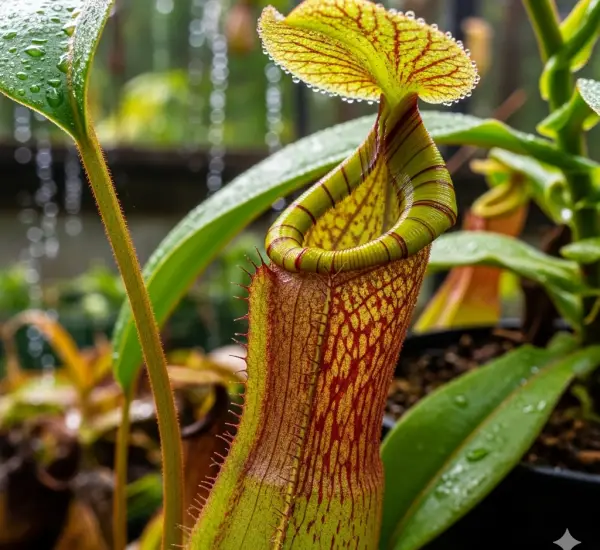Avocados are not only delicious and nutritious—they’re also surprisingly satisfying to grow at home. While many people assume that avocado trees are only for seasoned gardeners or large backyards, the truth is, with the right techniques and some patience, even beginners can grow thriving avocado plants and maximize fruit yield.
If you’ve never gardened before, don’t worry. This guide will walk you through how to grow an avocado tree from seed or seedling and nurture it to produce fruit, even with minimal space and no prior experience.
Step 1: Understand What Avocados Need
To successfully grow and eventually harvest avocados, it’s important to understand their basic needs:
-
Warm temperatures (ideally 60–85°F or 16–29°C)
-
Plenty of sunlight (at least 6–8 hours per day)
-
Well-draining soil
-
Regular watering, especially during dry spells
-
A bit of patience—avocados take time to mature and produce fruit
Depending on your climate and setup, you can grow avocados either in the ground (in warmer zones) or in containers indoors or on a sunny balcony.
Step 2: Growing from Seed or Buying a Seedling
If you’re new to gardening, you have two options:
-
Start from seed: It’s fun and educational, but may take 5–13 years before fruiting.
-
Buy a grafted seedling: This option is ideal for maximizing yield quickly. Grafted trees often begin fruiting within 2–4 years.
To start from seed:
-
Remove and clean the pit from a ripe avocado.
-
Insert 3–4 toothpicks around the seed and suspend it over a glass of water with the broad end down.
-
Place in a bright, warm spot and change the water every few days.
-
After 2–6 weeks, roots and a sprout will appear.
-
Once the roots are about 3 inches long, transfer the seedling to a pot with soil.
Step 3: Choosing the Right Pot and Soil
For indoor or patio growing, choose a large pot with good drainage holes. Start small and size up as the tree grows. Avocados hate “wet feet,” so avoid letting the roots sit in soggy soil.
Soil tips:
-
Use a light, well-draining potting mix.
-
A mix of potting soil, sand, and compost works well.
-
Avoid heavy, clay-like soils that retain too much water.
Place a layer of gravel or pebbles at the bottom of the pot to improve drainage.
Step 4: Provide Plenty of Sunlight
Avocados love the sun. For maximum yield, ensure your plant receives 6–8 hours of direct sunlight daily. If you’re growing indoors, place the plant near a south-facing window or use a full-spectrum grow light.
As the tree matures, you may need to rotate it occasionally to encourage even growth and prevent leaning.
Step 5: Watering and Feeding
Avocados prefer moist but not wet soil. Check the top inch of soil—if it’s dry, it’s time to water.
Watering tips:
-
Water deeply and allow excess water to drain out.
-
Avoid shallow watering—it leads to weak root development.
-
Reduce watering in cooler months when growth slows.
To boost yield, feed the tree with a balanced organic fertilizer every 4–6 weeks during the growing season. Look for fertilizers that include nitrogen, phosphorus, potassium, and trace minerals like magnesium and zinc.
Step 6: Pruning and Shaping
Pruning helps keep your avocado tree manageable and productive, especially if it’s growing in a container.
-
Prune the top of the main stem once the tree is about 12 inches tall to encourage bushier growth.
-
Trim side branches to maintain shape and allow sunlight to reach all parts of the plant.
-
Remove any dead or yellowing leaves.
Pruning in early spring promotes healthy new growth.
Step 7: Pollination and Fruiting
Avocado trees have a unique flowering system known as “A” and “B” flower types, which can make self-pollination tricky. Some varieties are self-fertile, but many produce better yields with cross-pollination.
To improve your chances:
-
Grow two trees of different types (e.g., one “A” type and one “B” type) if space allows.
-
If growing just one tree indoors, gently hand-pollinate using a small paintbrush to transfer pollen between flowers.
It can take 2 to 4 years for a grafted tree to bear fruit and longer for seed-grown trees. Be patient—it’s worth the wait.
Step 8: Troubleshooting Common Issues
Even beginners can run into challenges, but they’re usually easy to solve:
-
Yellowing leaves: Often caused by overwatering or poor drainage.
-
Leaf drop: Can occur if the plant is shocked by sudden temperature changes.
-
No fruit after flowering: May be due to poor pollination or the tree being too young.
Address issues early by checking water levels, sunlight exposure, and fertilizer routines.
Final Thoughts
Growing avocados may seem intimidating, but with the right steps, even beginners can enjoy the process—and the fruit. By choosing the right variety, creating good growing conditions, and practicing patience, you can transform a simple seed or seedling into a lush, productive tree.
Whether you’re gardening on a sunny balcony or by a bright kitchen window, maximizing avocado yield is possible with care, sunlight, and time. Start small, stay consistent, and watch your green-thumb confidence grow alongside your tree.




